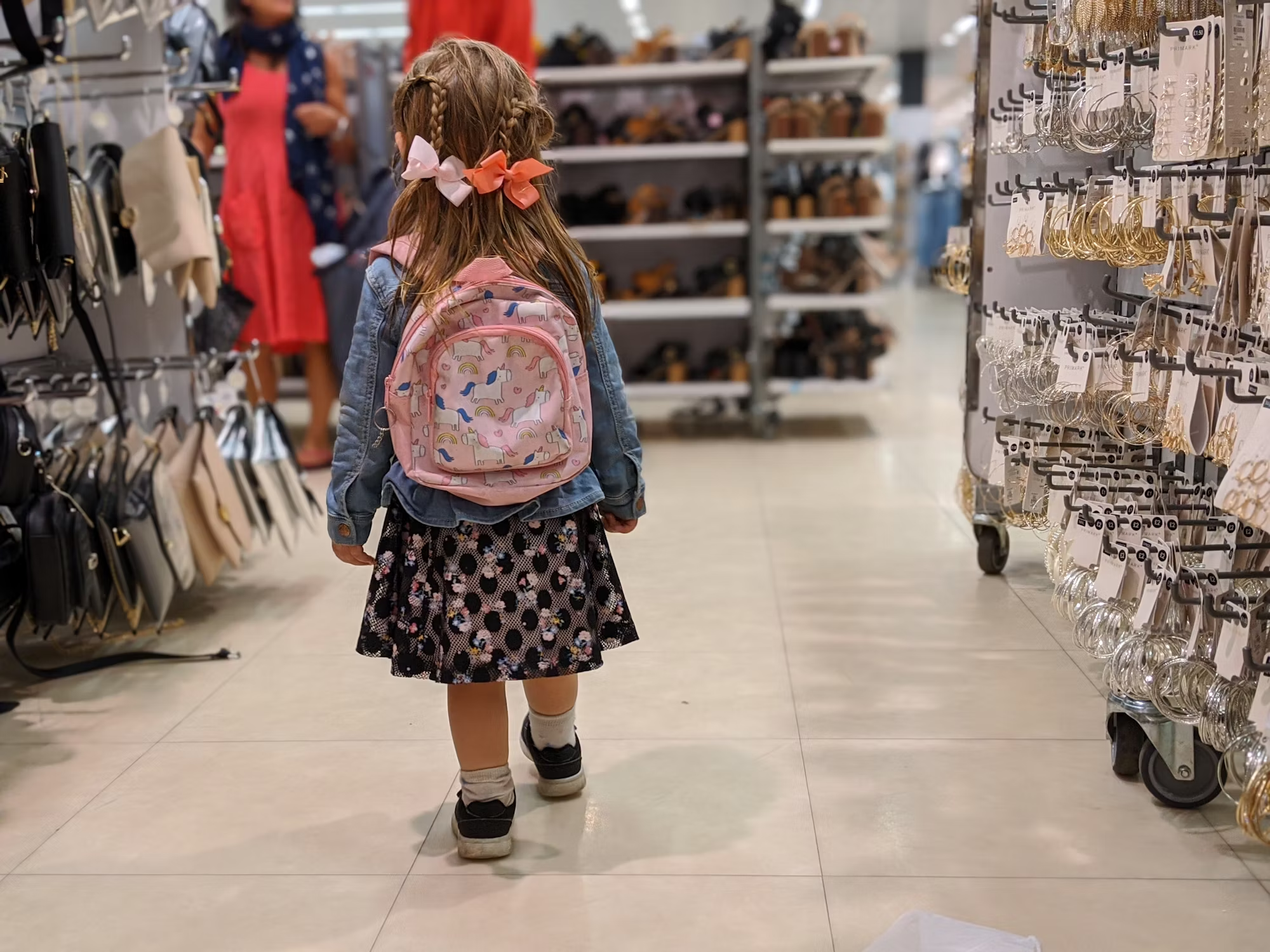
Consumer preferences are continually evolving, and the retail industry is adapting to these shifts in remarkable ways. As technology advances and social values change, the way people shop and what they prioritize during their shopping experiences have transformed. This article delves into the evolution of consumer preferences in retail, exploring key trends that have shaped the industry and the strategies retailers are implementing to stay relevant.
One of the most significant changes in consumer behavior has been the shift towards convenience. Modern consumers lead busy lives and seek shopping experiences that save them time and effort. This desire for convenience has fueled the growth of e-commerce, allowing customers to shop from the comfort of their homes. The rise of online platforms has made it possible for consumers to access a vast array of products at any time, leading to a preference for retailers that offer seamless online experiences. Features like easy navigation, quick checkout processes, and reliable delivery options are now essential for attracting and retaining customers in the digital marketplace.
Mobile shopping has further enhanced the convenience factor. With the proliferation of smartphones, consumers are increasingly turning to mobile apps to make purchases. Retailers have recognized this trend and are investing in user-friendly mobile platforms that allow customers to shop on the go. Mobile wallets and contactless payment options have made transactions faster and more secure, ensuring that the shopping experience is as efficient as possible. The ability to shop anytime, anywhere has empowered consumers, who now expect flexibility and accessibility in their shopping experiences.
Another evolving consumer preference is the demand for personalization. Shoppers today appreciate brands that understand their individual needs and preferences. Retailers are leveraging data analytics to gather insights into consumer behavior, enabling them to tailor marketing strategies and product offerings accordingly. Personalized recommendations, targeted promotions, and customized shopping experiences foster a sense of connection between the brand and the consumer. This trend not only enhances customer satisfaction but also drives loyalty, as consumers are more likely to return to brands that resonate with their personal tastes.
Sustainability has emerged as a critical factor influencing consumer choices. As awareness of environmental issues grows, many shoppers are seeking brands that prioritize sustainable practices. Retailers are responding by adopting eco-friendly initiatives, such as using recyclable materials, reducing waste, and promoting ethical sourcing. Transparency has become paramount, with consumers wanting to know the origins of the products they purchase. Brands that effectively communicate their commitment to sustainability can build trust and loyalty among conscious consumers, setting themselves apart in a competitive market.
In addition to sustainability, social responsibility is becoming increasingly important to consumers. Many shoppers are drawn to brands that actively support social causes and engage in community initiatives. This shift has prompted retailers to align their values with those of their customers, resulting in marketing campaigns that emphasize corporate social responsibility. Retailers that demonstrate a genuine commitment to making a positive impact in society often resonate more deeply with consumers, leading to increased brand loyalty and advocacy.
The role of technology in shaping consumer preferences cannot be understated. The integration of social media into the retail experience has transformed how consumers discover and interact with brands. Platforms like Instagram and TikTok allow retailers to showcase their products in visually appealing ways, driving engagement and interest. Influencer marketing has also gained traction, with consumers often turning to trusted figures for recommendations. This shift towards social commerce is reshaping traditional retail dynamics, as consumers increasingly rely on peer influences when making purchasing decisions.
Moreover, the rise of subscription services reflects changing consumer preferences. Many shoppers now prefer the convenience of having products delivered regularly without needing to reorder. Subscription boxes have gained popularity across various industries, from beauty products to meal kits. This model not only simplifies the shopping experience but also introduces consumers to new products they may not have discovered otherwise. Retailers are recognizing the potential of subscription services and are tailoring their offerings to meet the specific interests and needs of their customers.
The importance of customer experience cannot be overlooked in this evolving landscape. Modern consumers prioritize positive interactions with brands, whether online or in-store. Retailers are investing in training staff to provide exceptional customer service, ensuring that shoppers feel valued and appreciated. Creating an inviting atmosphere in physical stores, complete with knowledgeable employees and engaging displays, is crucial for attracting customers. Additionally, online retailers are focusing on providing robust support through chatbots and customer service representatives, ensuring that assistance is readily available.
As consumer preferences continue to evolve, retailers must remain agile and responsive to changes in the market. This adaptability requires continuous research and innovation to understand emerging trends and anticipate customer needs. Brands that stay ahead of the curve are more likely to thrive in an increasingly competitive environment. The retail landscape is dynamic, and those who embrace change will be better equipped to succeed.
In conclusion, the evolution of consumer preferences in retail reflects broader societal changes driven by technology, values, and lifestyle shifts. Convenience, personalization, sustainability, social responsibility, and exceptional customer experiences are key factors influencing how consumers shop today. Retailers that embrace these trends and adapt their strategies accordingly will not only meet the demands of modern shoppers but also build lasting relationships that foster loyalty and success in the marketplace. As we move forward, the ability to understand and respond to consumer preferences will remain a critical component of retail success.